
The Truth National Political Publishing House has just released the book series "Establishment and change of place names, boundaries, and administrative units in Vietnamese history" compiled by researcher Nguyen Quang An.
The book series consists of 2 volumes, introducing the process of division, separation, and merger of administrative units in our country from the time of the Hung Kings, the period of Northern domination, the feudal period, the French colonial period, the period of the August Revolution to establish the Democratic Republic of Vietnam and conduct two long-term resistance wars against the French colonialists and the invading American imperialists, protecting national independence, the period from after the country's peace and unification in 1975, carrying out the country's renovation until now.
According to Deputy Minister of Home Affairs Truong Hai Long, administrative boundary change is the process of adjusting, arranging, amending and reforming administrative units throughout the entire territory or in a certain area of a country. The development of a country is a continuous, unceasing process, requiring the administrative apparatus at different levels to be adjusted and arranged promptly, corresponding to that development to suit the new historical and social realities.
In the history of thousands of years of struggle to build, protect and develop the country of the Vietnamese people, along with changes in politics, economy and society, changes in administrative geography are also very complicated. In particular, the number of administrative units directly under the Central Government and directly under the localities has changed continuously.
Deputy Minister Truong Hai Long said that our country does not have many scientific works and scientists specializing in this field, especially in terms of documentation, records, documents, and papers recording place names, boundaries, and changes of administrative units are scattered, not scientifically preserved, and very difficult to exploit.
Evaluating the book series, the Deputy Minister said that this is a scientific work that has been compiled and researched extensively and elaborately; it is a valuable, useful and convenient reference tool for agencies, research institutes, experts, scientists in the field of administrative boundary management, policy makers, researchers on toponymy; especially, for the research and compilation of national and local geographical records and histories.
Especially in the context of provinces and cities in Vietnam being considered for merger to streamline the administrative apparatus, improve management efficiency and socio-economic development, the book series is considered a useful chronicle and encyclopedia.

This is also a valuable source of information to help preserve information about old place names when merging administrative units.
According to information from the publisher, with a logical, concise, and highly general presentation, the book series is considered a useful reference tool for scientists and localities in researching and compiling local geography and history of provinces, districts, and communes; for policy makers, political leaders, administrative managers, economic and social managers; for Vietnam scholars; investors and readers who want to learn about regions, areas, and localities in Vietnam.
One of the highlights of the value of the book series is that the author has painstakingly searched for new sources of information, especially documents about changes in place names and boundaries during the feudal period and the French colonial period, which have not been exploited and compiled before./.
According to VNA
Source: https://baobinhduong.vn/xuat-ban-bo-sach-ve-lich-su-thay-doi-dia-gioi-hanh-chinh-viet-nam-a343830.html


![[Photo] Prime Ministers of Vietnam and Thailand visit the Exhibition of traditional handicraft products](https://vphoto.vietnam.vn/thumb/1200x675/vietnam/resource/IMAGE/2025/5/15/6cfcd1c23b3e4a238b7fcf93c91a65dd)




![[Photo] National Assembly Chairman Tran Thanh Man meets with Thai Prime Minister Paetongtarn Shinawatra](https://vphoto.vietnam.vn/thumb/1200x675/vietnam/resource/IMAGE/2025/5/15/e71160b1572a457395f2816d84a18b45)


![[Photo] Launching ceremony of the book series "Steadfastly on the path of innovation"](https://vphoto.vietnam.vn/thumb/402x226/vietnam/resource/IMAGE/2025/1/21/92d0b91706124712abb80a09b0bdb2ef)








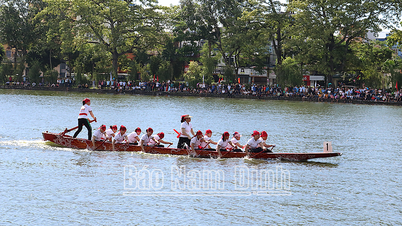














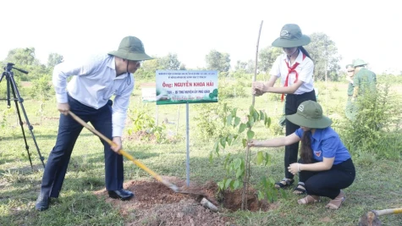













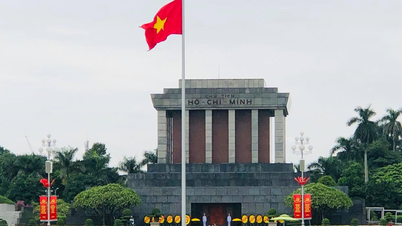





































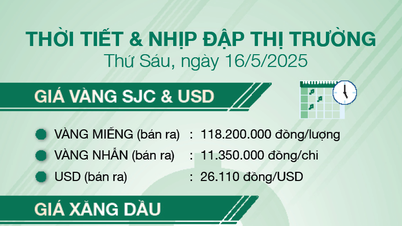
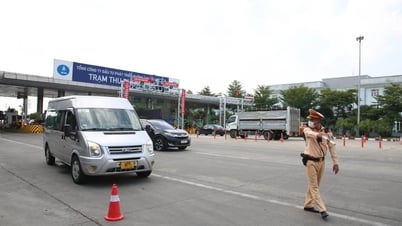












Comment (0)